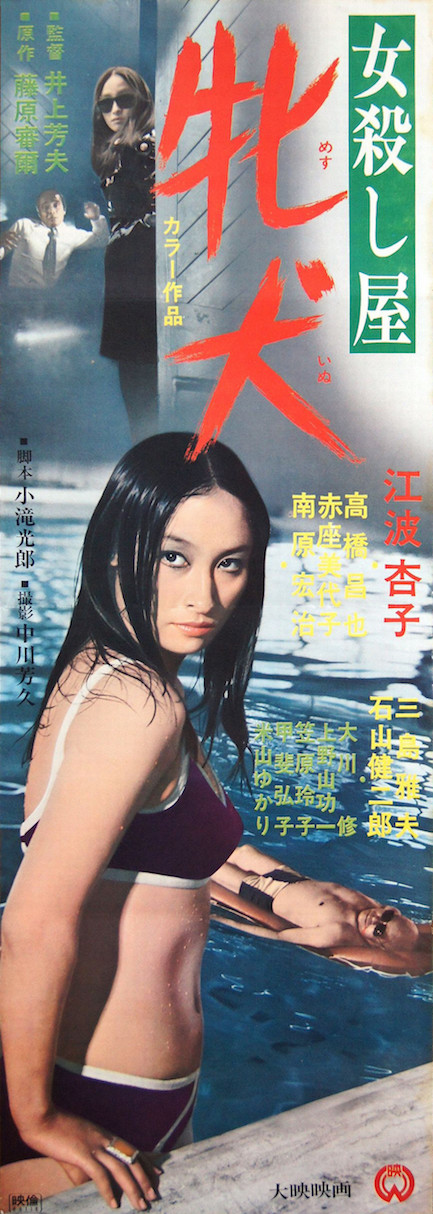| Vintage Pulp | Oct 14 2022 |

Worse than Alcatraz. Tougher than Rikers. It's the prison island of scantily clad women.
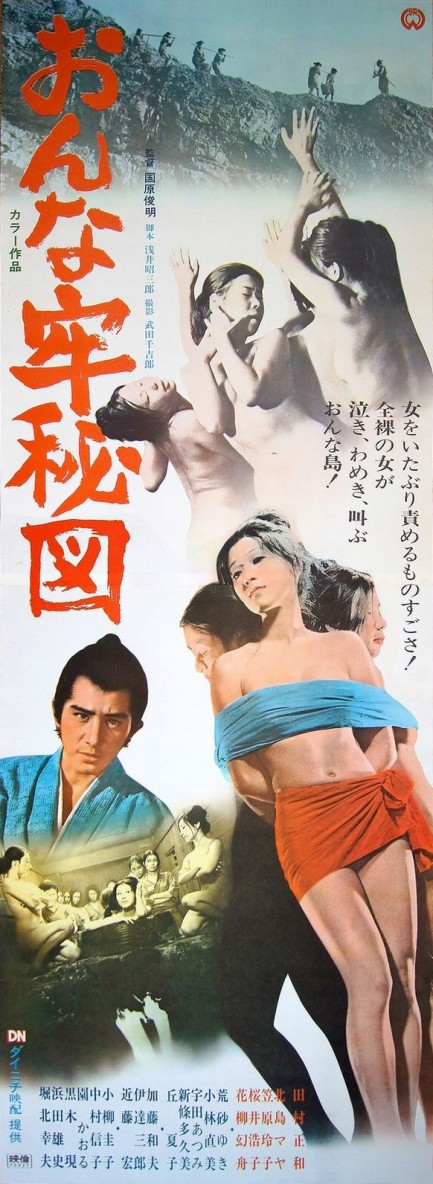
This tateken style poster was made to promote the Edo era drama Onna-ro hizu, generally known in English as Island of Horrors. The story centers around Nembutsu Island, a rocky outcropping in the Shiranui Sea used as a prison. It's inhabited by about fifteen coincidentally beautiful female captives and six samurai guards. Nobody calls the island by its real name. It's usually referred to as either the Isle of Women, which sounds kind of fun, or Decapitation Island, which does not. The new warden has been assigned there as punishment for not being tough enough in his other stops—a charge he's eager to disprove, with the help of the slap-happy guards and their baroque tortures. Additionally, the women are terrorized by Omasu the Ripper, your typical sadistic prisoner who subjugates the others in order to curry favor with her captors. And worse still, bubonic plague arrives. So, it's not overstating the situation to say that things are pretty bad on Nembutsu Island.
So how do you get the hell off that godforsaken rock? It isn't easy. The women are aware that sometimes there are pardons or paroles, and that knowledge gives them hope. But what if those lucky recipients sent from the island are not freed, but instead secretly sold into sexual slavery? Not saying that's what going on. But, you know, what if? Of course, there's no way the prisoners could ever find that out unless someone who was supposedly freed returned to the island. Omasu has her own departure plans. She tells the warden she knows where a cache of stolen ryō—gold currency—is hidden, trying to leverage it for freedom. She tries to leverage her body for that purpose too. But in the end, release from Nembutsu Island may come down to simple teamwork, and watching the inmates come to that conclusion makes for a well above average women-in-prison drama, worth a watch for the darkly beautiful cinematography and island visuals, as well as good performances from stars Maya Kitajima, Reiko Kasahara, and Yuki Aresa. Onna-ro hizu premiered in Japan today in 1970.
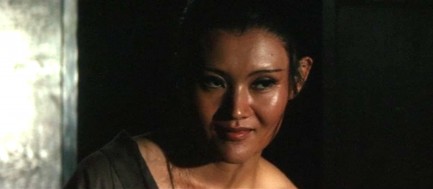

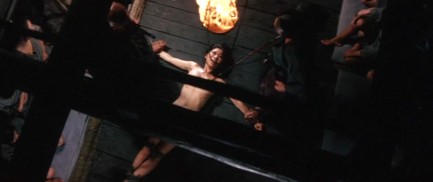
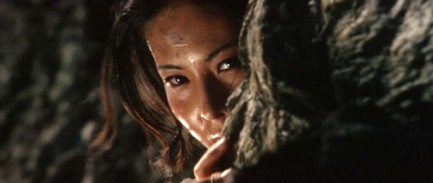
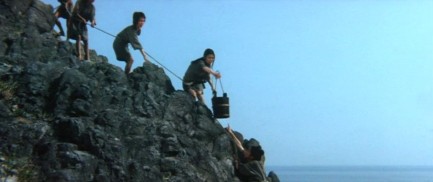

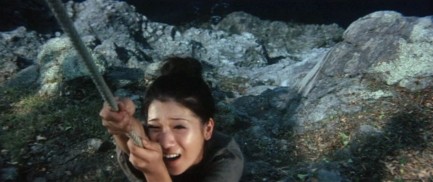
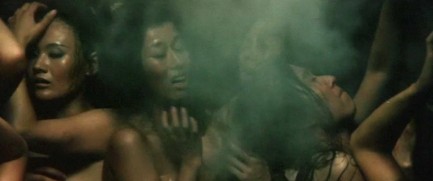
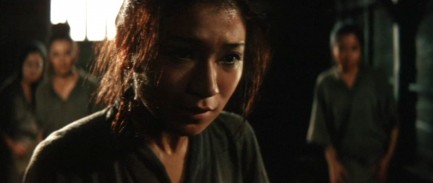
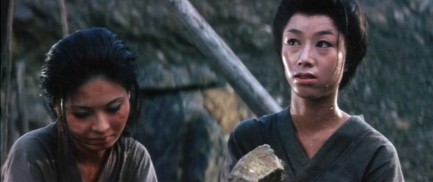

| Vintage Pulp | Jun 9 2020 |

Rare talent. Reasonable prices. Results guaranteed.

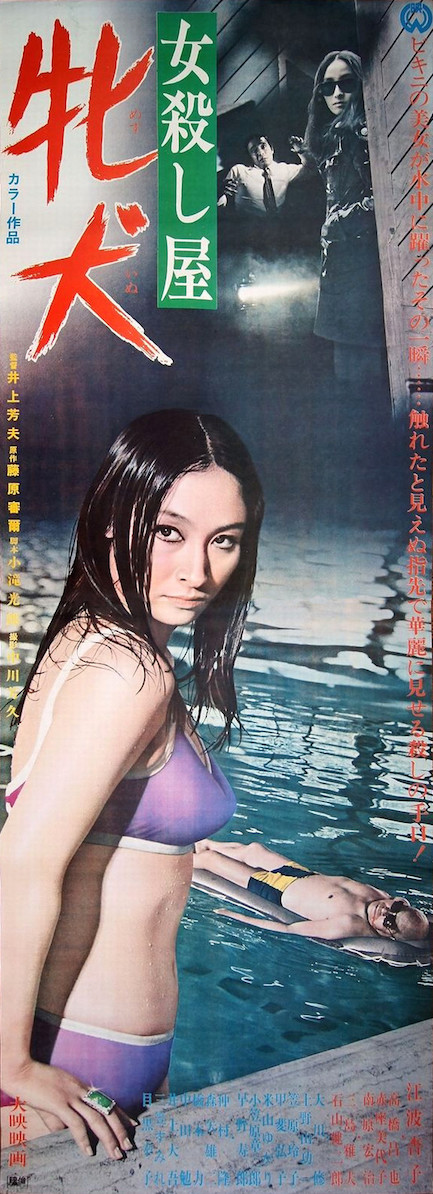
Above are three promo posters for the Japanese actioner Onna koroshiya: Mesu inu, which in English was called The Art of Assassination and, interestingly, Hitwoman Bitch. It's about a woman who works as a restaurant hostess but moonlights as an assassin, and draws an assignment killing a rich businessman but gets entangled in all kinds of complications. The lead is Kyôko Enami, whose amazingly long career lasted from 1960 until 2018, when she died aged seventy-six. These beautiful posters are fitting tributes. The two tateken sized promos look identical at a glance, but upon closer inspection you'll see that they're different in several respects. We'll circle back to Enami a bit later. Onna koroshiya: Mesu inu premiered in Japan today in 1969.
| Vintage Pulp | Nov 20 2018 |

What do nuns wear under their robes? This one wears weapons.
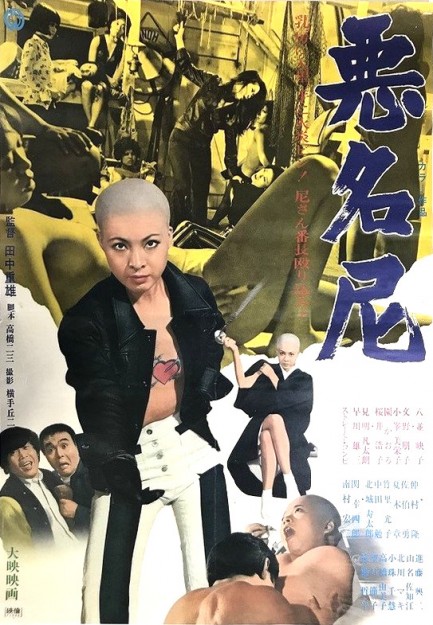
Eiko Yanami goes bald on this poster for the juvie delinquent pinku flick Akumyô ama. We don't have a definitive English title for this, but according to one source it might have been called something like “Yakuza Nun” or “Bad Reputation Nun,” which may seem weird considering the art, but Eiko goes into hiding in a nunnery at one point. The movie premiered in Japan today in 1971. The poster and two of the promo photos below came from a pretty interesting Japanese movie blog called Dekkappai's Pre-1990 Pink Film Archive. A lot of the images there are low quality but the large array of them (including a few from Pulp Intl.) make the site worth checking out.
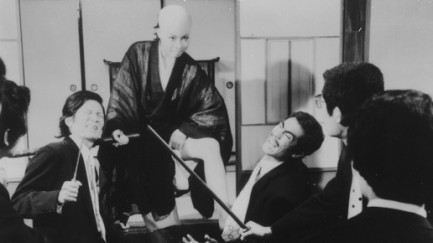
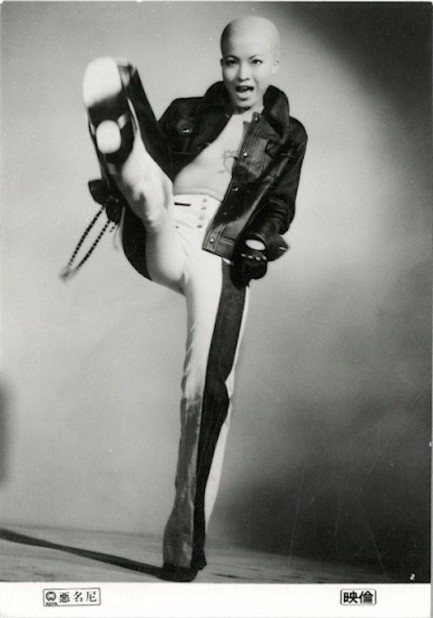
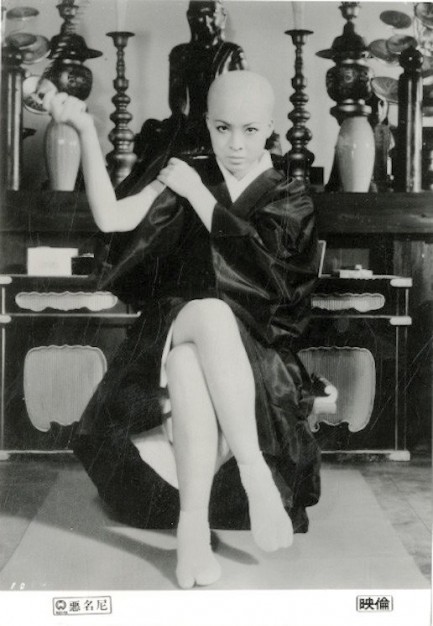
| Vintage Pulp | Oct 16 2018 |

A scooter made for three.
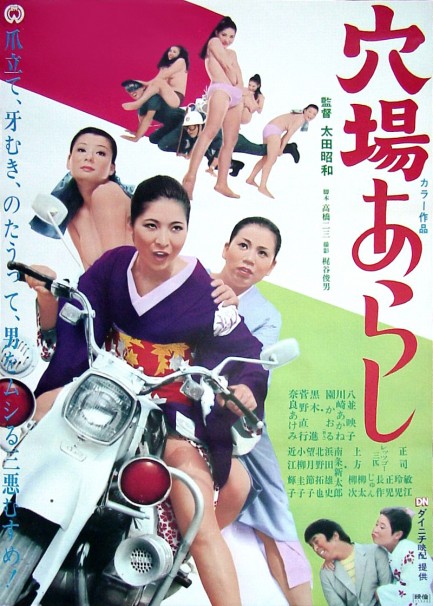
Above, a goofy promo poster for Anaba arashi with Eiko Yanami, Akane Kawasaki, and Kaoru Sono. This is an obscure one. The Japanese title would translate to something about storms, but the movie was called in English Three Mischievous Girls, or possibly Naughty Three Woman Gang, and it premiered in Japan today in 1971. We'll dig around and see if we can find out more on this one. See several more nice Eiko Yanami posters by clicking her keywords below.






